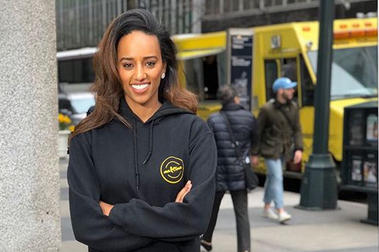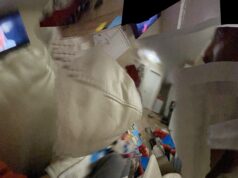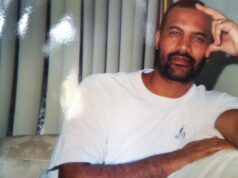Black Enterprise || Food trucks are abundant in New York City, with nearly every type of international cuisine you can find driving through the crowded streets. For Eden G. Egziabher, she wanted people to experience the food from her home country and created the city’s first Ethiopian food truck.
Born in Addis Ababa, Ethiopia to Eritrean parents, Egziabher wanted to create a space where people can experience authentic Ethiopian cuisine on-the-go. In 2017, she started the Makina Cafe, which featured a menu of her favorite dishes from her home country, including injera bread, gomen, and tasty sambusas. (The word “Makina” translates to “truck” in all three languages.) She wanted the food to reflect the mix of Ethiopian, Eritrean, and Italian cultures that define her childhood. Egziabher is the first Eritrean-American female entrepreneur in the city with a food truck serving Habesha food.
It wasn’t an easy transition: Food trucks are notorious for being very competitive and a male-dominated space. “When you show up and you are expected to fail, you are going to work harder,” she told Vice’s Munchies. “The other food truckers did not welcome us at all. When they see a woman behind [the truck]…they take it as a joke.” Through word of mouth, her truck started to grow in popularity.
To ensure the food she serves tastes like the food she grew up with, Egziabher travels to Queens and even as far as Washington D.C. (home to the largest Ethiopian community in the country) to buy the right ingredients to maintain the flavor of her dishes, including spices that aren’t available at most grocery stores.
“It’s very challenging the fact that I can’t go to a regular grocery store [to get] the ingredients I want,” she said. The hardest part was centered around a staple in Ethiopian cuisine called “injera,” a large circular bread that is usually served for groups. “You really have to think outside the box to think about how you are going to make some of these items food truck friendly,” Egziabher said. “It would make a lot of our jobs easier if we had someone to follow, but we didn’t so we created our lane and a lot of it has been trial and error.”

























